The Expense Will Again Soon Entire Dreadful
The shocking tale of the penny dreadful
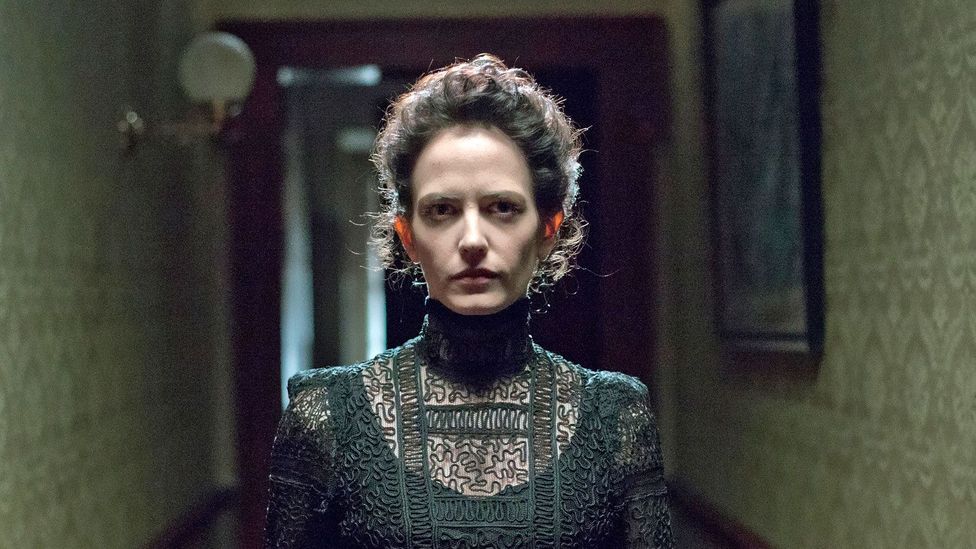
For a tiny price, penny dreadfuls offered Victorian readers escape into a world of ghoulish murder and gruesome violence. How scandalous were they really? Hephzibah Anderson takes a wait.
I
In a television schedule pulsating with supernatural mystery and melodrama, Penny Dreadful, the transatlantic production now entering its third season, has managed to cleave out a niche as a smart, exuberantly ghoulish guilty pleasure. Unfurling against a pitchy Victorian properties, its blood-spattered plot has so far taken in vampires, werewolves, she-demons, Egyptology, prostitutes, an explorer, body snatchers and a sharpshooter from the American Wild West.
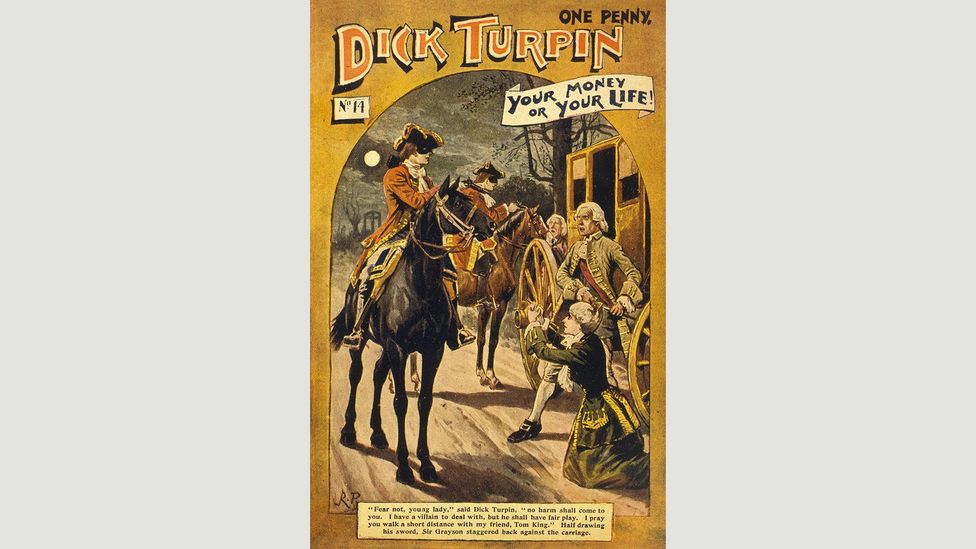
Penny dreadfuls were marketed to the newly literate working classes and oft featured criminals, like highwaymen, who furthered proletarian interests (Credit: Alamy)
Classic literary allusions abound, with roles for Frankenstein, Dracula and Dorian Gray, but the testify's title derives from an altogether more ephemeral branch of literature: the inexpensive and sensational serials that were variously dubbed penny awfuls, penny horribles and penny bloods. Penny dreadful is the term that's stuck, describing a 19th-Century British publishing phenomenon whose very disposability (the booklets' bargain cover cost meant they were printed on uncommonly flimsy paper) has made surviving examples a rarity, despite their immense popularity at the time. What endures is a louche frisson that the prove exploits to atmospheric result, only as for those forgotten original penny dreadfuls – were they really all that scandalous?
The elementary answer is yes. To read contemporaneous descriptions of the genre, these far-fetched tales of intrigue and adventure were the video nasties or shoot 'em up games of their age, and were held responsible for real-life acts of criminality and bloodshed. Take a closer look at the debate, yet, and the reasons why they were deemed and then shocking seem to accept as much to do with context equally content.
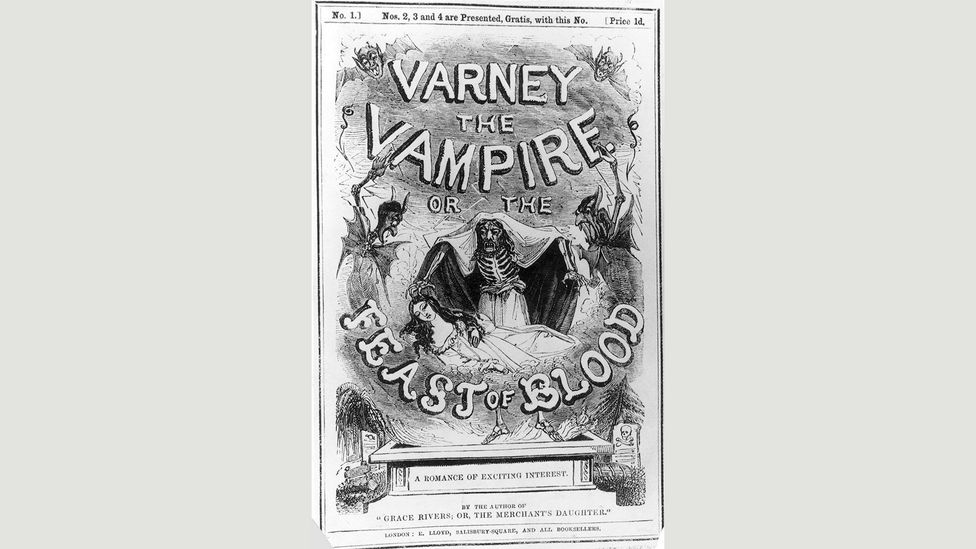
These long-running stories oft took the shape of several singled-out genres: crime thriller, monster tale, Gothic horror, Western or revenge fantasy. (Credit: Getty Images)
The penny dreadful emerged in the 1830s, catering to an increasingly literate working grade population and made possible by technological advances in printing and distribution. Its heyday came in the 1860s and 1870s, when these booklets papered the nation's newsstands. At a penny apiece, they cost as footling every bit a twelfth of the price of an instalment of a Charles Dickens novel, and historians approximate that there were as many as 100 publishers in the business, paying authors past the line to crank out tales with titles such equally Varney the Vampire; or, The Feast of Blood and The Blackness Ring; or, The Mysteries of Midnight. Some writers juggled multiple works simultaneously, each one unfolding over the grade of months or years and packing in a telenovela'south worth of kidnappings, poisonings, larceny, bigamy, revolution and all way of gruesome revelations.
Grim tales
Creatively, the roots of the penny dreadful reached back to the gothic novel and across, to Jacobean tragedies, macabre folklore and ballads. Authors also turned to the news for material and pillaged popular works of existing fiction (does Oliver Twiss sound familiar?). Some, such as the long-running series The Mysteries of London by GWM Reynolds, which wound its way to its finale in most 4.five million words, drew on the lives of their readers, juxtaposing the dangers and privations of the slums with the dissolute shenanigans of the rich. These stories were substantially escapist in nature – narratives of rebellious wrongdoing for the powerless masses. No wonder highwaymen proved such popular characters, especially Dick Turpin, whose exploits ran to 254 episodes in Blackness Bess; or, The Knight of the Road. (Turpin wasn't executed until page 2,207.)
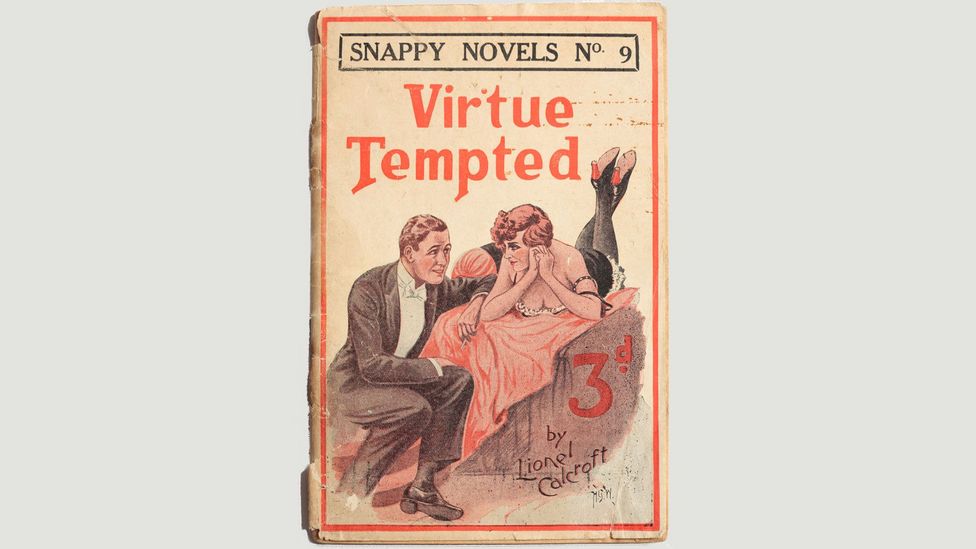
Many in late 19th Century United kingdom of great britain and northern ireland feared penny dreadfuls were corrupting youths – much like afterward censorship fights over films, comic books and videogames (Credit: Alamy)
According to George A Sala, a successful journalist and sometime protégé of Dickens, the penny dreadfuls offered access to "a globe of fallow peerages, of murderous baronets, and ladies of title addicted to the study of toxicology, of gipsies and bandit-chiefs, men with masks and women with daggers, of stolen children, withered hags, heartless gamesters, nefarious roués, foreign princesses, Jesuit fathers, gravediggers, resurrection-men, lunatics and ghosts". He should know – he started out as a writer of such fictions himself.
Unsurprisingly, the genre played fast and loose with conventions of plausibility, character development and fifty-fifty continuity. In Admirer Jack, a footpad antic by the prolific James Malcolm Rymer, which ran for iv years and described itself equally "a romance of interest, abounding in pilus-breadth escapes of the nearly heady grapheme", ane character was actually killed twice. Penny dreadfuls did, notwithstanding, adhere to pretty strict technical specifications, each instalment totalling eight, sometimes xvi, pages of cheap paper, with a lurid illustration filling one-half of the forepart page. And lest titles such as The Calendar of Horrors and The Maniac Begetter; or, the Victim of Seduction weren't already salacious enough, these illustrations provided bright images of vampires, ghouls and the aftermath of vehement goings-on. They may have been in black and white but blood was blood.
Moral panic
The most popular works could shift 30,000 copies a calendar week, but they weren't popular in all quarters, especially when they started to target younger readers. While initially read by men and women of all ages, penny dreadfuls later began to be aimed specifically at children. This made commercial sense – already in the 1820s nearly half of the Britain'southward population was under 20 – but it also fanned the flames of moral panic. Commentator Francis Hitchman wasn't lone when he declared that penny dreadfuls were "the literature of rascaldom", responsible for peopling Britain's prisons and penal colonies.
Past the 1870s, the constabulary had begun raiding the offices of publishers of penny dreadfuls like The Wild Boys of London, which newsagents and booksellers were soon prosecuted for stocking under the Obscene Publications Human activity. The printing, lawyers and clergymen strove to link such literature with juvenile criminal offence and degeneracy, blaming it for violence, robberies and suicides. According to the moralists, young errand boys, sailors and textile workers all were susceptible to stories that left them dissatisfied with their own modest lives, making them yearn for wealth and run a risk beyond their station and glamorising the criminal life. As journalist James Greenwood put it in 1874, they were nothing less than "penny packets of poisonous substance". The great unwashed had been taught how to read, the argument went, just non what to read.
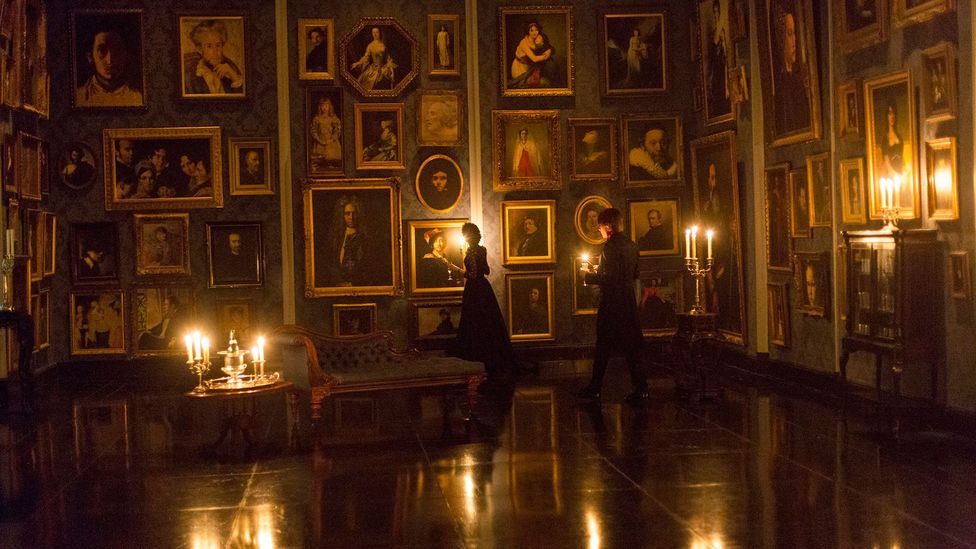
The penny dreadful anticipated horror films, grindhouse cinema, comic books and even YA novels – and a successful Television receiver serial starring Eva Dark-green (Credit: Outset)
Eventually, the debate evolved to question the extent to which literature tin can shape character. When 13-yr-old Robert Coombes, the discipline of Kate Summerscale's new volume, The Wicked Boy, was arrested for murdering his female parent in London in 1895, the prosecution naturally sought to scapegoat penny dreadfuls. Only this time nigh of the media agreed that they played niggling office in his matricidal deportment. Equally the Drapery Mall Gazette noted: "The truth is that in respect to the event of reading in boys of the poorer class the earth has got into i of those queer illogical stupidities that so easily aggress it. In every other age and class man is held responsible for his reading, and non reading responsible for homo. The books a homo or woman reads are less the making of graphic symbol than the expression of information technology".
Perhaps it wasn't what was being read so much equally who was reading it that lay at the root of society'due south unease. Penny dreadfuls may not have explicitly promoted bloodthirsty deeds but their tattered pages did showcase a certain empty-headed disregard for potency. How else to explain the campaign against The Wild Boys? Yeah, it contained violence, a smattering of nudity and some flagellation. And yes, its boy heroes were petty criminals. But those same boys also helped others dodge child-stealers and rescued drowning women – they were not without a moral code, it just wasn't the same every bit Victorian society'southward.
Penny dreadfuls were never intended to accept much of a shelf life and with few exceptions (The String of Pearls, which introduced the character of Sweeney Todd, is one), they have faded away like graffiti on a bath wall. But that's not to say they haven't left their mark on the broader civilisation, literary and otherwise. They informed the footstep of truthful-crime narratives and lurid fiction's drawing-like zeal. In their blatant derivativeness, they foreshadowed fan fiction. And couldn't they likewise be seen as the first YA books? In their sensationalised goriness, yous could even say they prefigured teen horror movies. Looked back on from the 21st Century, their scandalousness can seem quaint, but the idea that literature could be accounted so incendiary – now that still thrills.
If you lot would like to comment on this story or anything else y'all have seen on BBC Civilisation, head over to our Facebook page or message us on Twitter .
If you liked this story, sign up for the weekly bbc.com features newsletter , chosen "If You Only Read 6 Things This Week". A handpicked choice of stories from BBC Futurity, World, Culture, Capital, Travel and Autos, delivered to your inbox every Friday.
Source: https://www.bbc.com/culture/article/20160502-the-shocking-tale-of-the-penny-dreadful
0 Response to "The Expense Will Again Soon Entire Dreadful"
Enviar um comentário